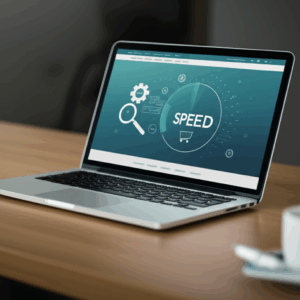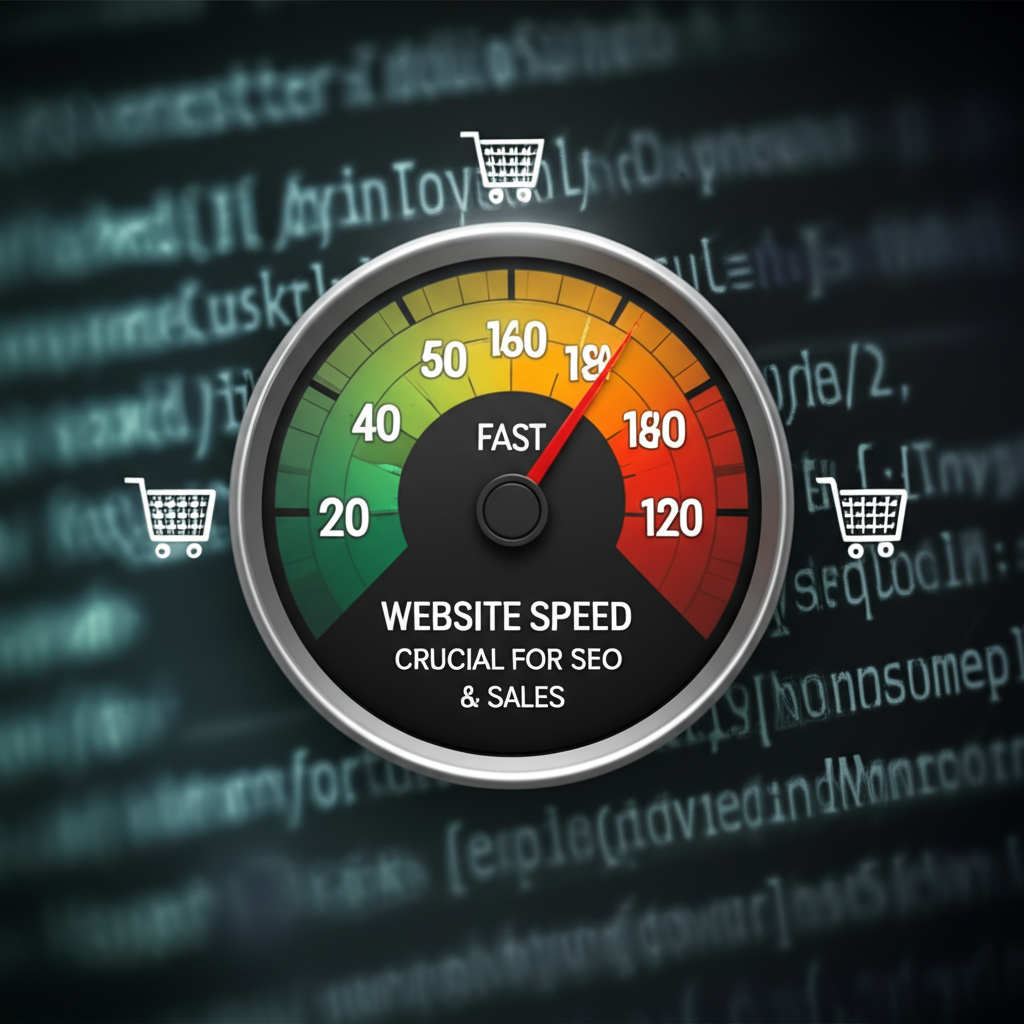- Why Website Speed Matters for SEO
- Impact of Website Speed on Search Rankings
- Core Web Vitals and Their Significance
- The Impact of Website Speed on Sales
- User Experience and Conversion Rates
- Mobile Speed and its Impact on Sales
- Boosting Your Website Speed: Actionable Strategies
- Website Speed Optimization: An Ongoing Effort
Website Speed: Crucial for SEO & Sales
Website speed is a critical factor that significantly impacts both your search engine optimization (SEO) and sales performance. In today’s fast-paced digital world, users expect websites to load quickly and efficiently. A slow website can lead to a frustrating user experience, resulting in higher bounce rates, lower conversion rates, and ultimately, a negative impact on your bottom line. This article will delve into why website speed matters, how it affects SEO and sales, and provide actionable strategies to improve your website’s performance.
Why Website Speed Matters for SEO

Google and other search engines prioritize user experience. Website speed is a crucial component of that experience. A slow-loading website frustrates users, leading them to abandon your site and potentially visit a competitor’s. This negative user behavior signals to search engines that your website isn’t providing a good experience, which can negatively affect your search rankings.
Impact of Website Speed on Search Rankings
Since 2010, Google has officially included site speed as a ranking factor for desktop searches. In 2018, they extended this to mobile searches with the introduction of the “Speed Update.” This update made it clear that mobile page speed is a critical ranking factor, reflecting the growing dominance of mobile browsing. Faster websites are more likely to rank higher in search results, increasing visibility and driving organic traffic.
Core Web Vitals and Their Significance
Core Web Vitals are a set of metrics introduced by Google that measure key aspects of user experience related to loading, interactivity, and visual stability. These metrics include:
Largest Contentful Paint (LCP): Measures the render time of the largest image or text block visible within the viewport.
First Input Delay (FID): Measures the time it takes for a page to become interactive.
Cumulative Layout Shift (CLS): Measures the visual stability of the page and quantifies unexpected layout shifts during the loading process.
Optimizing your website for these Core Web Vitals directly improves your website speed and user experience, leading to better search rankings and higher user satisfaction.
The Impact of Website Speed on Sales
Beyond SEO, website speed directly influences your sales performance. A slow website can severely damage your conversion rates and overall revenue.
User Experience and Conversion Rates
A slow-loading website creates a negative user experience. Impatient users are likely to abandon their shopping carts, leave before exploring your offerings, and ultimately, choose to purchase from a competitor with a faster website. Studies have shown a direct correlation between page load times and conversion rates. Even a one-second delay can lead to a significant drop in conversions.
Mobile Speed and its Impact on Sales
With the majority of online traffic now coming from mobile devices, mobile website speed is paramount. Mobile users are often on-the-go and have even less patience for slow loading times. A slow mobile website can severely hinder your ability to reach and convert potential customers on their preferred devices.
Boosting Your Website Speed: Actionable Strategies
Optimizing your website speed doesn’t have to be a daunting task. Here are some effective strategies to improve your performance:
Optimize Images: Compress and optimize images without compromising quality. Use appropriate image formats (WebP) and implement lazy loading to defer loading of off-screen images.
Leverage Browser Caching: Enable browser caching to store static assets like images and CSS files locally on the user’s device, reducing the number of requests made to the server on subsequent visits.
Minify CSS and JavaScript: Remove unnecessary characters and whitespace from your CSS and JavaScript files to reduce their size and improve download times.
Choose a Fast and Reliable Hosting Provider: A high-quality hosting provider with robust infrastructure is essential for optimal website speed.
Use a Content Delivery Network (CDN): CDNs distribute your website’s content across multiple servers globally, allowing users to access the content from a server closer to their location, reducing latency.
Implement Mobile-First Design: Prioritize mobile users by designing your website for mobile devices first and then adapting it for larger screens.
Regularly Monitor and Test Your Website Speed: Use tools like Google PageSpeed Insights and GTmetrix to monitor your website’s performance and identify areas for improvement.
Website Speed Optimization: An Ongoing Effort
Optimizing website speed is not a one-time fix; it requires ongoing monitoring, testing, and optimization. By prioritizing website speed and implementing the strategies outlined above, you can significantly improve your SEO, enhance user experience, and ultimately, boost your sales and achieve greater online success. The investment in website speed optimization will pay dividends in the long run, ensuring your website remains competitive and continues to deliver a positive and fruitful experience for your users.











Leave a Reply